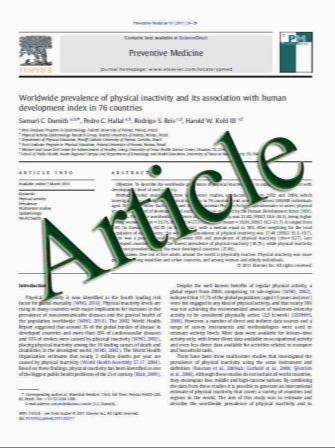Staining of Fasciola hepatica by natural herbal dyes
- نوع فایل : کتاب
- زبان : انگلیسی
- مؤلف : A. Daryani & M. Sharif & M. Meigouni
- چاپ و سال / کشور: 2010
Description
The plant kingdom is a valuable source of new medicinal agents. Traditional synthetic dyes used for staining worms may have some carcinogenic effects; therefore, the use of herbal dyes as an effective alternative may be interesting. The objective of the current study was to evaluate the staining effect of herbal dyes on Fasciola hepatica. Powdered alizarin, henna and curcuma in concentrations of 5, 10 and 20 g/100 mL of distilled water were used to stain a F. hepatica worm according to the carmine staining method. Our criteria for evaluation were the extent of staining on different parts of the worm such as suckers, intestine, testes, spines, ootype, vitelline duct, vitellaria, ovary, uterus and eggs. The results showed that alizarin (10 g/100 mL; 10%, w/v) was a better dye than henna (20 g/100 mL; 20%, w/v) and curcuma (20 g/100 mL; 20%, w/v) for the staining of suckers, branched intestine, vitelline duct and ootype. Although henna stained the whole body of the worm better than curcuma, curcuma had a better staining effect on surface spines, eggs and especially branched testes. In comparison with carmine, the present herbal dyes (alizarin and henna) are cheap and safe and could be potential alternatives for staining F. hepatica and other trematode
Comp Clin Pathol (2011) 20:305–308 DOI 10.1007/s00580-010-0991-8 Received: 3 May 2009 / Accepted: 18 February 2010 / Published online: 25 March 2010


